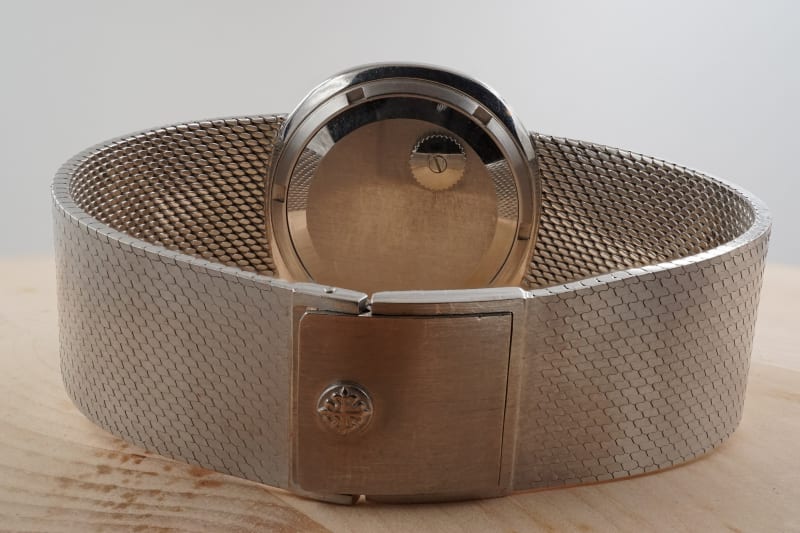This is our series: Same or Different. Something we all know.
The debate is on for a long time and neither we are dogmatic nor we will decide it today -- but I will add my 2 cents, whether one cares or not.
As I mentioned already, one main advantage of vintage watches in terms of value is, the production numbers are already fixed and existent pieces usually decrease by heavy use or simply -- especially in case of full massive preciouse metal watches -- by smelting. That means their supply is not limited in an artificial way and is not depending on the brands policy. No, it is the simply and true fact, that it was done in low numbers decades ago and is depleted naturally.
Another aspect: most of the "hot air" in terms of value has already left the timepiece. And by hot air, I mean the value you have to add by heavy and intensive marketing and what is -- as a rule of thumb, as a heuristic -- the money the brand earns over their costs.
Another point -- maybe something subjective, but I guess somebody could agree -- to be made here: The creativity is simply outstanding, not to speak about the diversity and variety of designs and materials used. A vast self-confidence of each brand, usually a stand-alone company back then and not a cog wheel in a conglomerate, as nowadays. OK, but what exactly the reason is, is not relevant here, just I would put it in as a mere fact. I see a lot of joy in these watches and a lot of love for details and usually modern ones bore me quite fast.
Yes, and they were hand-made, back then. Nowadays, the crème de la crème of the industry points out it hand-decorates its movements and maybe hand cuts a dial-applied number for a special collection. This is nice and obviously justifies the hot-air, mentioned above, but all this hand-made-mumbo-jumbo, simply was true for vintage watches -- until machines took over -- and I like it.
See the other parts in this series here: #SameOrDifferent
